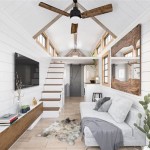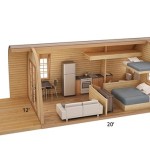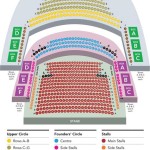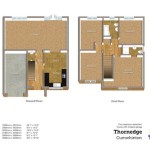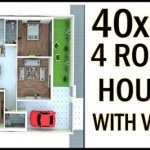Simple Bat House Plans: A Haven for Beneficial Flying Mammals
Bats, those fascinating nocturnal creatures, play a crucial role in our ecosystem as pollinators, pest controllers, and seed dispersers. Unfortunately, their populations have been declining due to habitat loss and the destruction of their natural roosting sites. Building a bat house is a simple yet effective way to provide these beneficial mammals with a safe and secure place to roost, helping to conserve their populations and enjoy the benefits they bring to our environment. ### Selecting a Suitable Location: The ideal location for a bat house is one that offers direct sunlight for at least 6-8 hours per day, preferably facing south or southeast. Bats prefer warm and dry conditions, so avoid placing the bat house in shady or damp areas. Additionally, choose a location that is at least 10-15 feet above the ground and away from potential predators like cats or raccoons. ### Designing a Simple Bat House: 1.Materials:
- 1-inch thick plywood or cedar wood (untreated) - Wood screws - Nails - Wood sealant (optional) - Paint (optional) 2.Dimensions:
- Exterior Dimensions: 18 inches wide x 24 inches high x 3 inches deep - Interior Dimensions: 14 inches wide x 20 inches high x 2.5 inches deep - Landing Platform: 6 inches wide x 18 inches long 3.Steps:
a) Cut the plywood or cedar wood to the desired dimensions for the front, back, sides, and roof of the bat house. b) Assemble the front, back, and sides of the bat house using wood screws. c) Attach the landing platform to the bottom of the front panel using nails. d) Attach the roof to the top of the bat house using nails. e) (Optional) Apply wood sealant to protect the bat house from moisture and extend its lifespan. f) (Optional) Paint the bat house in a dark color like brown or black to help absorb heat and create a warm environment for the bats. ### Installing the Bat House: 1. Choose a suitable location as described earlier. 2. Mount the bat house securely to a tree, post, or building using brackets or screws. 3. Ensure that the bottom of the bat house is at least 10-15 feet above the ground. 4. Avoid placing the bat house near lights or other sources of disturbance. ### Maintaining the Bat House: 1. Inspect the bat house once a year for any damage or signs of wear and tear. 2. Clean the bat house once a year by removing any accumulated guano. 3. Avoid using harsh chemicals or pesticides near the bat house. ### Benefits of Having a Bat House: 1.Natural Pest Control:
Bats consume large quantities of insects, including mosquitoes, moths, and beetles, helping to reduce the need for pesticides. 2.Pollination:
Some bat species are important pollinators of various plants, contributing to the reproduction of fruits and flowers. 3.Seed Dispersal:
Bats also play a role in seed dispersal, helping to spread plant species and maintain biodiversity. 4.Guano as Fertilizer:
Bat guano is a valuable natural fertilizer, rich in nutrients that can benefit plants and gardens. By building and maintaining a simple bat house, you can contribute to the conservation of these amazing creatures while reaping the benefits they bring to our ecosystem.
Bat Houses Mass Gov

Bat House Plans Bird

How To Build A Bat House Lee Valley Tools
Bat House Plan

20 Diy Bat House Plans Insteading
:max_bytes(150000):strip_icc()/woodlogger-c6ff0a74987c407aaec0e2ae26f49974.jpg?strip=all)
Free Bat House Plans You Can Build Today

20 Diy Bat House Plans Insteading

How To Build A Bat Box The Wildlife Trusts

37 Free Diy Bat House Plans That Will Attract The Natural Pest Control And Save Their Lives

Bat House Plans Diy



